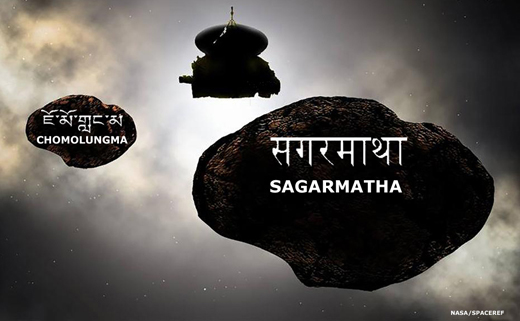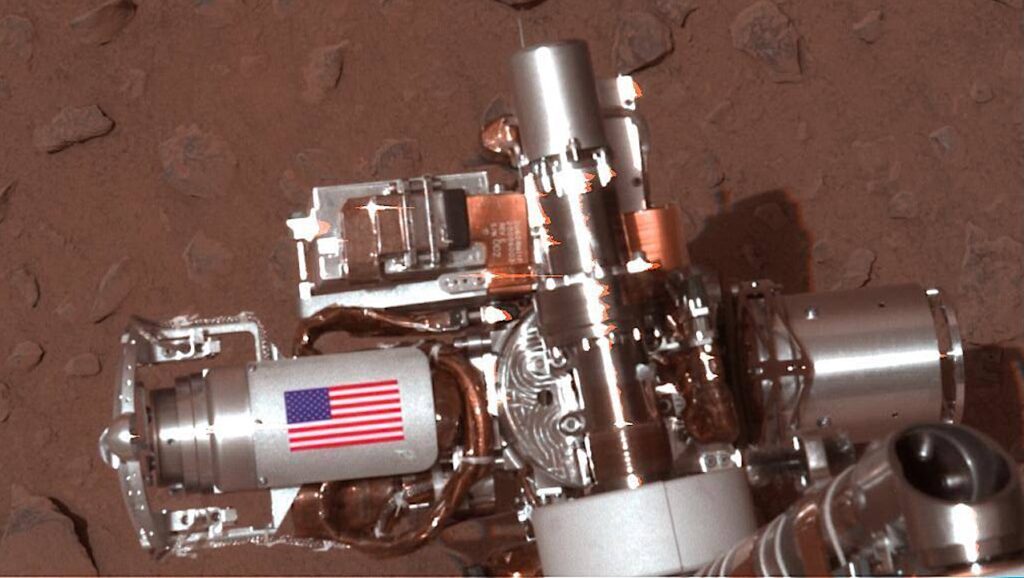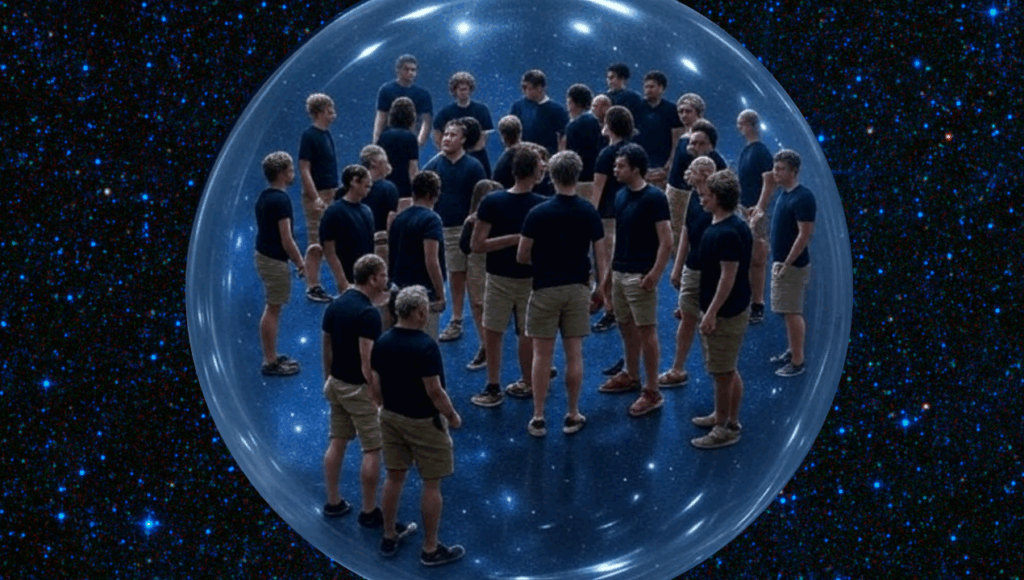Naming MU69 After One Of Earth's Greatest Challenges

 Keith’s note: NASA and the SETI Institute are about to complete a competition wherein people get to suggest names for MU69 – the distant body that New Horizons will fly by in January 2019. Among the top choices right now are Chomolungma ??????????? and Sagarmatha ??????? – the original Tibetan and Nepali names for Mt. Everest. These names were nominated by someone living in Kathmandu, Nepal. MU69 represents the the most distant world in our solar system that humans will likely visit for another decade or more. As such it represents the acme – the pinnacle – of robotic spacecraft exploration. There are already two features on Pluto named after the first two humans to stand atop Everest/Chomolungma/Sagarmatha – Edmund Hillary and Tenzing Norgay. As such, it would be fitting and in keeping with the spirit and adventure to name MU69 (which may be a double object) Chomolungma and/or Sagarmatha. You can visit the naming website at http://www.frontierworlds.org/home and vote for Chomolungma/Sagarmatha (or other choices). The campaign closes at noon Pacific Time (20:00 GMT) on
Keith’s note: NASA and the SETI Institute are about to complete a competition wherein people get to suggest names for MU69 – the distant body that New Horizons will fly by in January 2019. Among the top choices right now are Chomolungma ??????????? and Sagarmatha ??????? – the original Tibetan and Nepali names for Mt. Everest. These names were nominated by someone living in Kathmandu, Nepal. MU69 represents the the most distant world in our solar system that humans will likely visit for another decade or more. As such it represents the acme – the pinnacle – of robotic spacecraft exploration. There are already two features on Pluto named after the first two humans to stand atop Everest/Chomolungma/Sagarmatha – Edmund Hillary and Tenzing Norgay. As such, it would be fitting and in keeping with the spirit and adventure to name MU69 (which may be a double object) Chomolungma and/or Sagarmatha. You can visit the naming website at http://www.frontierworlds.org/home and vote for Chomolungma/Sagarmatha (or other choices). The campaign closes at noon Pacific Time (20:00 GMT) on December 1, December 6 2017.









I like it. That gives them two names to work with should MU69 turn out to be a contact binary – one possibility based on recent observations.
Contact binaries aren’t given two names.
Understood – poor communication of the idea on my part 🙂
A compound name is common (eg, 67P/Churyumov–Gerasimenko) and seems fitting for a “compound” object such as a contact binary (eg, MU69/Chomolungma-Sagarmatha).
I like the idea, but I don’t think the IAU would approve. Compound names like Churyumov–Gerasimenko are used for comets. The policy is to name comets for the discover, and to use compound names if there were two (or more) discoverers. The rules for naming KBOs are different and I don’t think they allow compound names.
BTW, I don’t understand why all the votes for Uluru. Internet polls… :shrug:
Big red rock. Makes sense to me. Only reason I voted was because that was an option.
Could be worse. Could end up with Rocky McRockface. (Or “Peanut”, one of the actual options.)
Do we have to refer to it as a world? I mean it’s a rock..is it not….???
Wouldn’t a world be a body of far greater size, substance, variation, etc?
Call it whatever you want. I don’t really care.
The recognition of non-Western sensibilities as place names is long overdue, and quite gratifying.
Sadly…try to get a little kid to say those names….catchy often works well in people’s minds.
Great idea, Keith. But politically tricky since there are two quite different names for the same mountain. I note China accepts the Tibetan name, and that the official Chinese transcription is 珠穆朗玛峰 (t 珠穆朗瑪峰), whose pinyin form is Zhūmùlǎngmǎ Fēng. Wikipedia notes that the original British cartographers selected the name Everest in part because there was no agreement on local names.